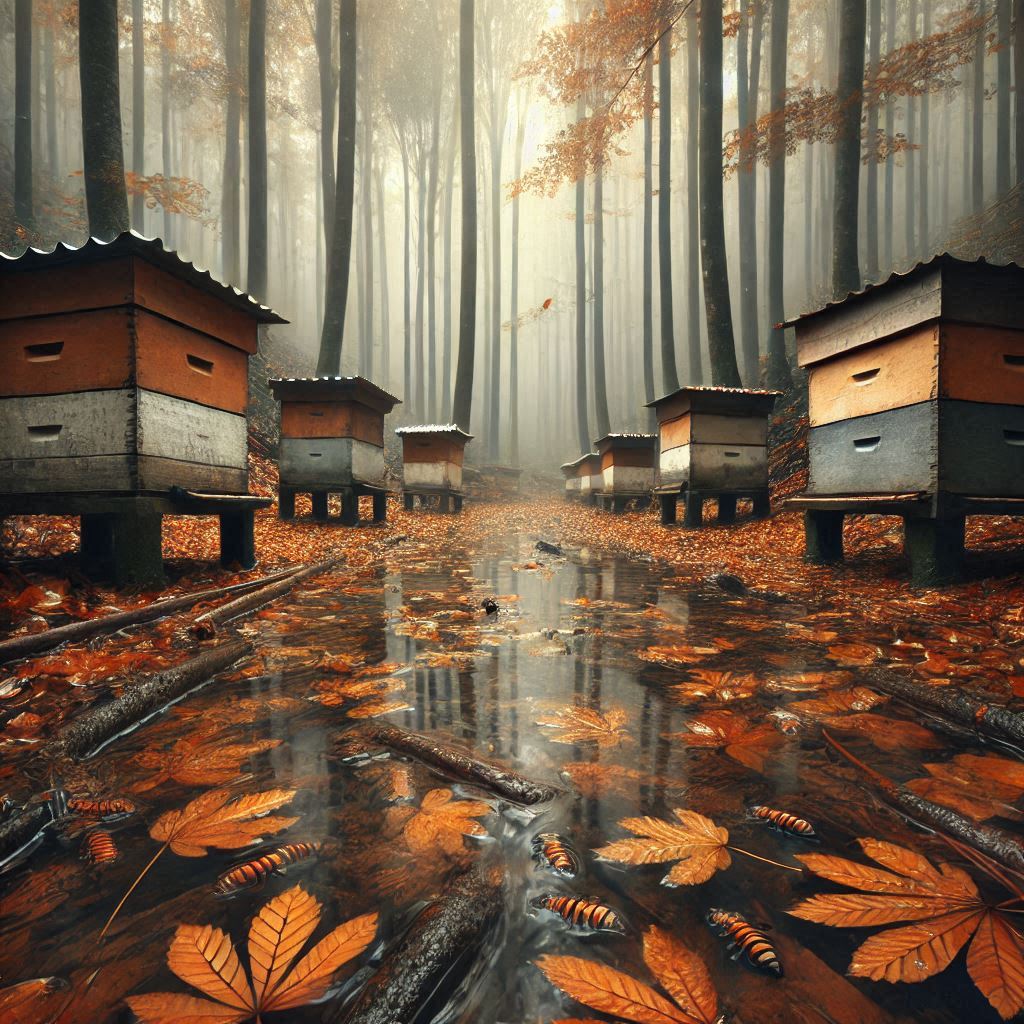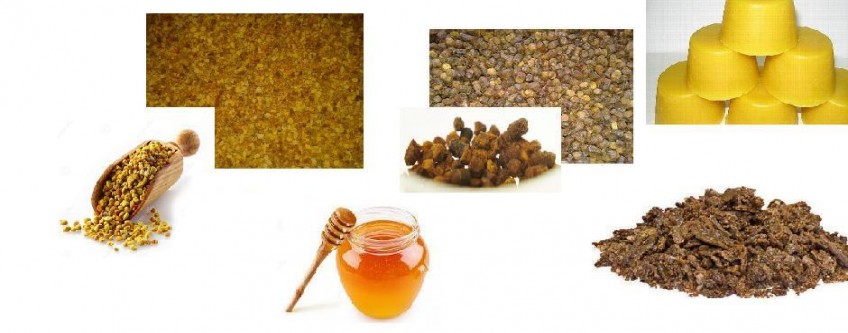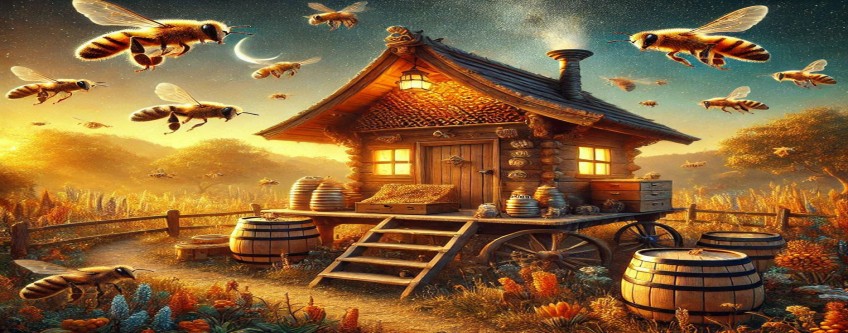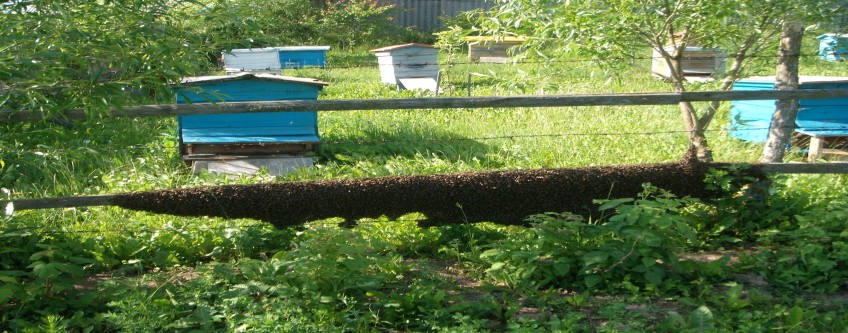Beekeeper's calendar, what to do in apiary » October

October
1.
In October, we check for varroa mites in bees for the last time. During August and September, wandering and robbing bees might have brought mites from other apiaries. If necessary, we treat with formic acid or fumigate with amitraz preparations. After treatment, we check for mites again.
2.
In the second half of October, and sometimes at the beginning of November, bees take their last flight. We place mouse guards on the entrances and check if mice have invaded the hives.
3.
As long as the average daily temperature is above freezing, we do not place the rear plugs. Additional insulation of the nests can encourage the queen to start laying eggs again.
4.
Sometimes beekeepers extend the hive entrances with wooden shields or slate fragments. It is advisable to remove all of this from the entrance, as it makes it easier for mice to enter the hive.
5.
We take care of the combs to prevent moths from infesting them. We clean the frames and melt the wax cut from the frames.
6.
We inspect the roofs of the hives for their tightness. We check if tree branches are touching the hives, as their rustling will disturb the bees' peaceful wintering.
7.
Mark in this calendar when your bees took their last flight. Knowing the dates of autumn and spring flights, you can calculate how long your bees wintered.
Plant Trees in October
When planning to landscape the homestead with trees, do not forget the chestnut (Aesculus hippocastanum). It is a decorative, tall tree with various forms. Beekeepers especially value its spherical form, Umbraculifera, whose broad crown descends to the ground and provides good shelter for hives. There are red-flowered and yellow-flowered chestnuts.
Chestnuts grow faster than lindens and start blooming earlier. They bloom in the second half of May and flower for 18 days. Bees collect orange-colored pollen from chestnut flowers. One chestnut flower contains up to 1.7 mg of nectar, and bees can collect up to 120 kg of honey per hectare of chestnuts.


